Optimal Timing for Land Clearings
Land clearings are most effective when performed during specific times of the year to ensure optimal results. The timing depends on weather conditions, soil moisture levels, and the type of vegetation present. Proper timing can reduce costs and improve safety during the process.
Understanding seasonal patterns is essential for scheduling land clearings. Typically, late fall and early spring are considered ideal because of favorable weather conditions and soil conditions that facilitate machinery operation and vegetation removal.
Spring offers dry soil conditions and moderate temperatures, making it suitable for land clearing before the growing season begins.
Late fall provides cooler temperatures and less vegetation growth, which can make clearing more efficient before winter sets in.
Summer may pose challenges due to increased heat and vegetation growth, but it can be suitable in cooler regions or for specific projects.
Winter is generally less preferred due to frozen ground and snow cover, but in milder climates, it may still be feasible.
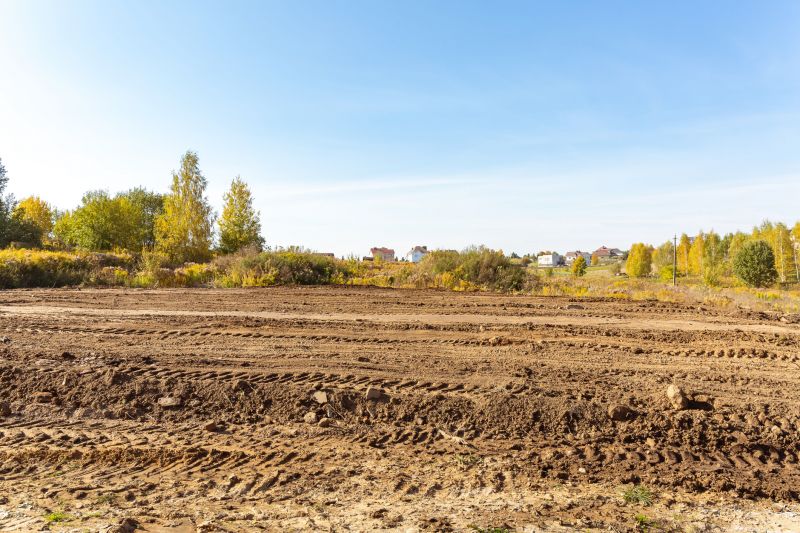
Land clearing during spring ensures minimal soil disruption and prepares the site for future use.
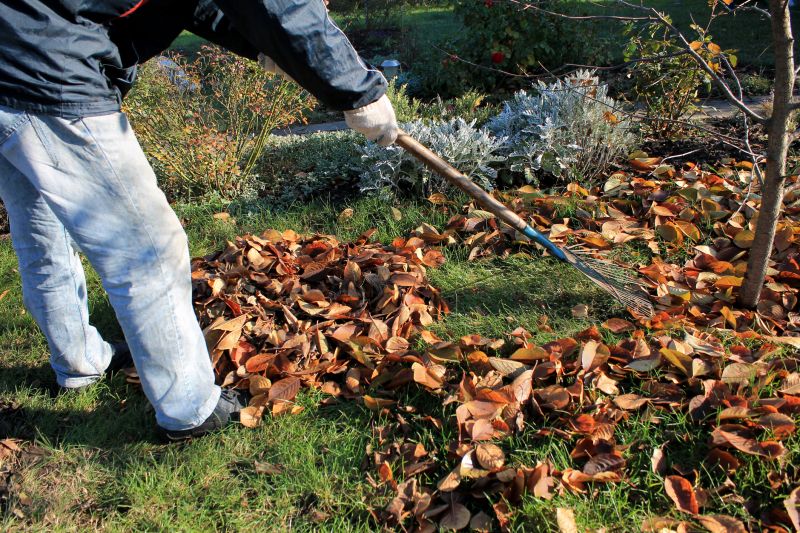
Fall land clearing helps in managing vegetation before winter, reducing regrowth in the following season.

Summer clearing may be suitable in cooler regions, offering a chance to clear land before the peak growing season.
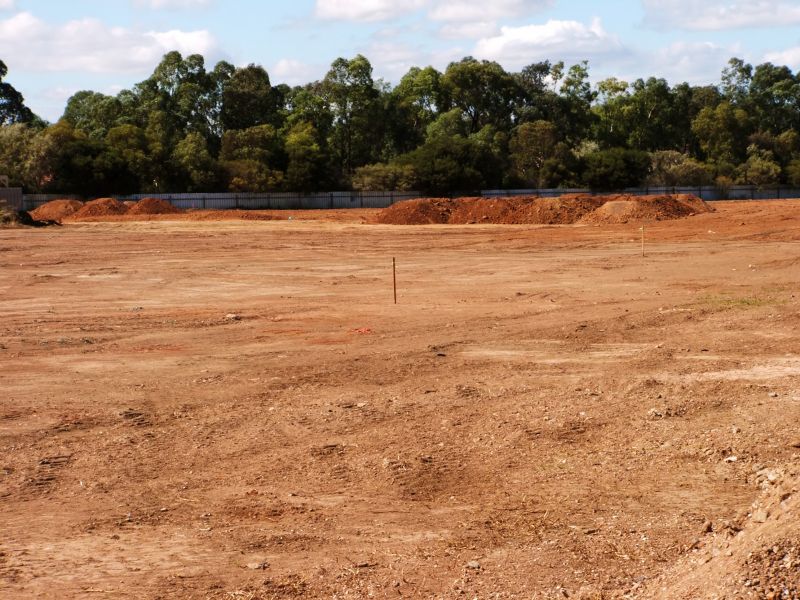
Ways to make Land Clearings work in tight or awkward layouts.
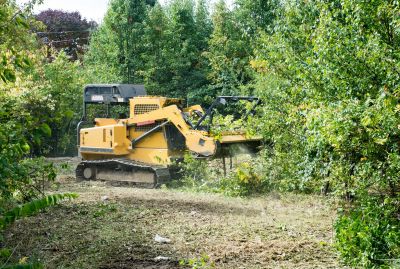
Popular materials for Land Clearings and why they hold up over time.

Simple add-ons that improve Land Clearings without blowing the budget.
| Season | Advantages |
|---|---|
| Spring | Ideal for soil preparation and vegetation removal before growth begins. |
| Late Fall | Effective for managing vegetation and preparing land for winter. |
| Summer | Possible in cooler climates; allows for ongoing projects. |
| Winter | Less common; feasible in milder climates with frozen ground. |
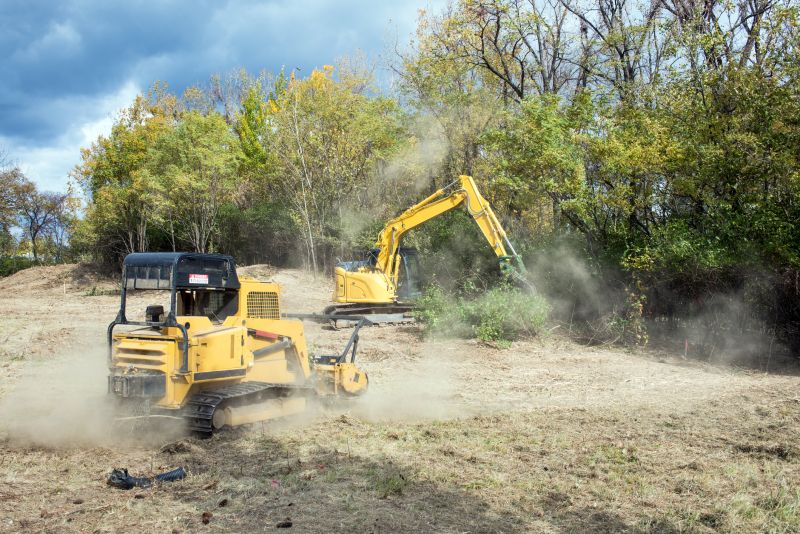
Heavy machinery used in land clearing includes bulldozers, excavators, and mulchers, which are most effective when used under suitable weather conditions.

Removing dense vegetation requires planning for the best season to reduce regrowth and soil disturbance.

Proper site preparation involves clearing debris and grading, often scheduled during optimal weather windows.
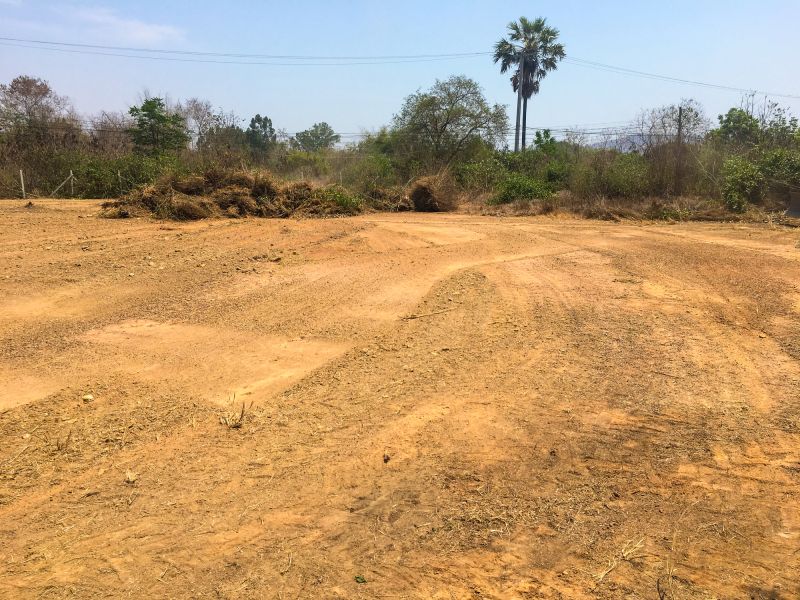
The landscape after clearing shows a clean, level site ready for development or planting.
Choosing the right time for land clearing can significantly impact project timelines and costs. Factors such as soil moisture, vegetation type, and weather patterns should be carefully considered to optimize results and safety. Consulting with land management professionals can help determine the best season for specific projects.
Interested in scheduling land clearing services? Fill out the contact form to discuss options and timing tailored to specific land conditions.
